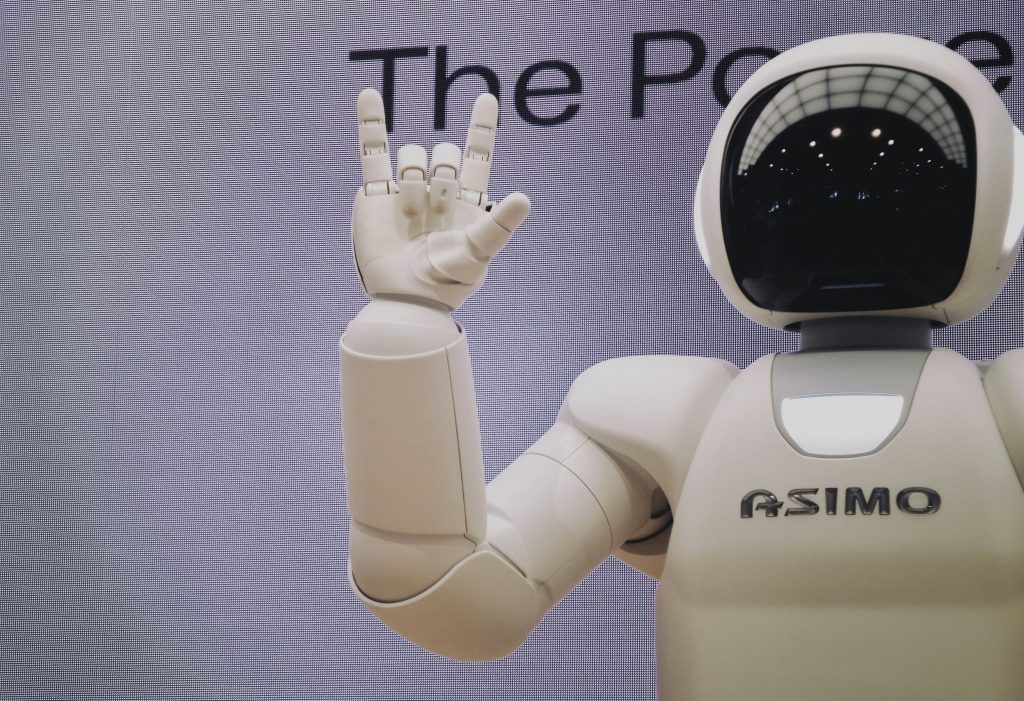Artificial Intelligence (AI) and Machine Learning (ML) are rapidly changing how we interact with technology. From smart assistants to personalized recommendations, AI-powered tools like ChatGPT and Google Bard are becoming integral to our daily routines. In this article, we explore the latest advancements in AI, their practical applications, and how they are shaping the future of work, communication, and creativity.
1. Understanding AI and Machine Learning
Why It Matters:
AI and ML are driving automation and innovation, enhancing efficiency across industries.
Key Concepts:
- Artificial Intelligence (AI): The simulation of human intelligence in machines.
- Machine Learning (ML): A subset of AI where algorithms improve through experience.
- Natural Language Processing (NLP): Enables AI to understand and generate human language.
- Deep Learning: A branch of ML that mimics the human brain using neural networks.
2. How AI Tools Like ChatGPT and Google Bard Work
Why It Matters:
Conversational AI tools are revolutionizing communication, making information more accessible and interactions more natural.
How They Function:
- ChatGPT: Developed by OpenAI, ChatGPT generates human-like text responses based on context and previous interactions.
- Google Bard: Uses Google’s LaMDA technology to enhance conversational AI with real-time web-based insights.
- Training Data: These models are trained on vast datasets, allowing them to generate relevant and informative responses.
- Applications: Customer service, content creation, programming assistance, education, and more.
3. Real-Life Applications of AI in Everyday Life
Why It Matters:
AI-driven tools are making daily tasks more convenient and efficient.
Key Use Cases:
- Smart Assistants: Virtual assistants like Siri and Alexa use AI to answer queries and control smart home devices.
- Personalized Recommendations: Platforms like Netflix and Spotify leverage AI to suggest content based on user preferences.
- Automated Writing and Editing: AI helps writers by generating content, summarizing texts, and improving grammar.
- AI in Healthcare: AI assists in medical diagnoses, patient monitoring, and drug discovery.
- AI in Finance: Predictive analytics optimize investments and fraud detection.
4. The Future of AI: Trends and Challenges
Why It Matters:
AI’s rapid development comes with both groundbreaking opportunities and ethical concerns.
Trends to Watch:
- AI-Powered Creativity: Tools for generating art, music, and design.
- Human-AI Collaboration: Enhancing productivity rather than replacing jobs.
- AI Ethics and Bias: Addressing fairness and responsibility in AI decision-making.
- Regulation and Governance: Governments and tech firms working to create AI policies.
Conclusion
AI and ML are redefining how we live and work. From smart assistants to content creation, AI-driven tools like ChatGPT and Google Bard are enhancing productivity and accessibility. While challenges such as AI bias and ethical considerations remain, ongoing advancements will continue to shape a more intelligent and efficient digital future.

